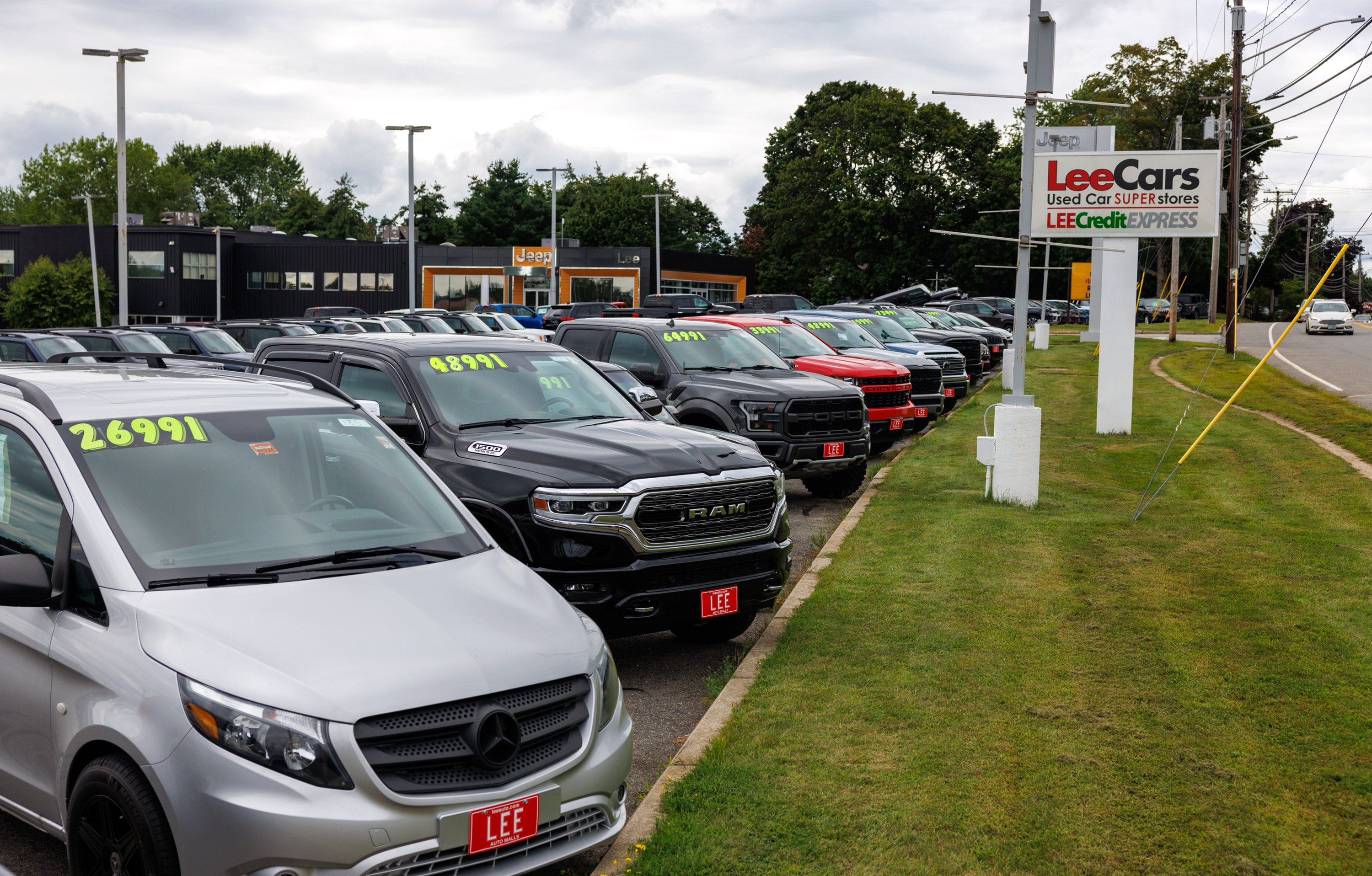
Image Source: Google
Car dealerships at the auto mall are bustling hubs of activity where sales magic happens every day. From the moment a customer steps onto the lot to the final delivery of their new vehicle, there are numerous behind-the-scenes operations and processes that come together to make a successful sale. If you need more information about auto mall car dealership, you may check this website.
Let's take a closer look at what goes on behind the scenes at car dealerships in the auto mall.
The Sales Process
When it comes to selling cars at the auto mall, there is a well-defined sales process that dealerships follow to ensure a smooth and successful transaction. Here are the key steps involved in the sales process:
- Initial customer inquiry: Customers may walk in, call, or inquire online about a specific vehicle or their needs.
- Vehicle selection: Sales staff assist customers in finding the right vehicle that meets their preferences and budget.
- Test drive: Customers are encouraged to take the vehicle for a test drive to experience its performance and features firsthand.
- Negotiation: Sales staff work with customers to reach a mutually agreeable price for the vehicle.
- Financing: Customers may explore financing options, and the dealership's finance team helps them secure a loan or lease.
- Paperwork and delivery: Once the deal is finalized, customers complete the necessary paperwork, and the dealership prepares the vehicle for delivery.
Behind-the-Scenes Operations
While customers interact primarily with the sales staff, there are several behind-the-scenes operations that contribute to the smooth functioning of a car dealership at the auto mall. These operations are essential for meeting customer needs and ensuring operational efficiency. Here are some key behind-the-scenes operations:
Inventory Management
- Keeping track of the dealership's inventory of new and used vehicles.
- Ordering new vehicles from manufacturers based on customer demand and market trends.
- Rotating inventory to showcase various models and keep the lot fresh.
Service Department
- Providing maintenance and repair services for customers' vehicles.
- Scheduling service appointments and managing technicians' workloads.
- Ordering parts and accessories as needed for vehicle repairs and customization.
Marketing and Advertising
- Creating marketing campaigns to promote sales events and special offers.
- Managing online and traditional advertising channels to reach potential customers.
- Monitoring and analyzing marketing efforts to optimize return on investment.
Customer Experience
At the heart of every successful car sale is the customer experience. Car dealerships at the auto mall strive to provide exceptional customer service and create a positive buying experience for their customers. Here are some ways in which dealerships enhance the customer experience:
Professional Sales Staff
- Trained sales professionals who are knowledgeable about the vehicles and services offered.
- Attentive staff who listen to customers' needs and provide tailored recommendations.
- Friendly and approachable team members who make customers feel welcome and valued.
Facilities and Amenities
- Clean and well-maintained facilities, including showroom and waiting areas.
- Amenities such as complimentary refreshments, Wi-Fi, and comfortable seating for customers.
- Kid-friendly areas with toys and entertainment to keep families comfortable during their visit.
Follow-Up and Support
- Follow-up communication after the sale to ensure customer satisfaction and address any concerns.
- Providing support and guidance on vehicle features, maintenance, and service options.
- Building long-term relationships with customers for repeat business and referrals.
Continuous Improvement
Car dealerships at the auto mall are constantly striving to improve their operations and enhance the customer experience. By focusing on continuous improvement, dealerships can stay competitive and adapt to changing market conditions. Here are some strategies for continuous improvement:
Employee Training and Development
- Providing ongoing training for sales staff to enhance product knowledge and sales skills.
- Investing in leadership development programs to groom future managers and executives.
- Encouraging employees to pursue certifications and advanced education in automotive sales and customer service.
Technology Integration
- Implementing customer relationship management (CRM) systems to track customer interactions and preferences.
- Utilizing digital marketing tools and analytics to target and engage potential customers effectively.
- Integrating online sales platforms and virtual showroom experiences to reach a wider audience.
Feedback and Evaluation
- Soliciting feedback from customers through surveys and reviews to identify areas for improvement.
- Conducting regular performance evaluations for employees and teams to recognize strengths and address weaknesses.
- Monitoring key performance indicators (KPIs) to track sales performance, customer satisfaction, and operational efficiency.